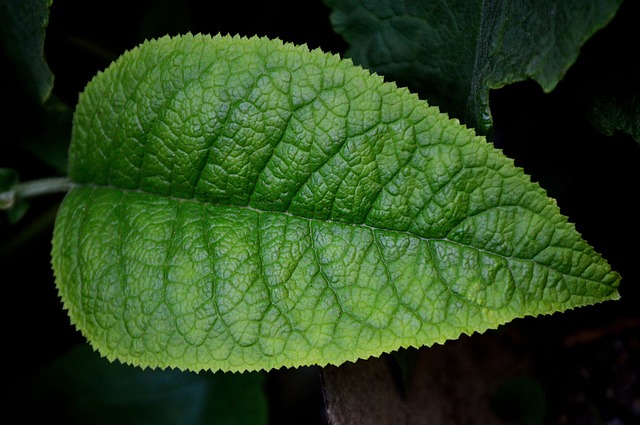A team of scientists led by Oak Ridge National Laboratory developed a theory that thylakoids, membrane networks key to plant photosynthesis, also function as a defense mechanism to harsh growing conditions, which could aid the development of hardier plants.
Thylakoids contain grana, structures resembling stacked coins that expand and contract when water flows in and out, like the bellows of an accordion. The action mirrors the movement of guard cells, structures on plant leaves that act like accordion buttons, allowing carbon dioxide in and water vapor out.
These structures harmonize the flow of electrons with carbon uptake during photosynthesis. Scientists have questioned why such a complicated network exists in hardier plants. ORNL researchers theorize that it helps plants tolerate fluctuating conditions such as too little or too much water and sunlight.
The theory was developed as scientists studied large-scale photosynthesis and will help refine global carbon cycling models, said ORNL’s Lianhong Gu.
Read the paper: New Phytologist
Article source: Oak Ridge National Laboratory
Author: Stephanie Seay
Image credit: Miguel Á. Padriñán / Pixabay






